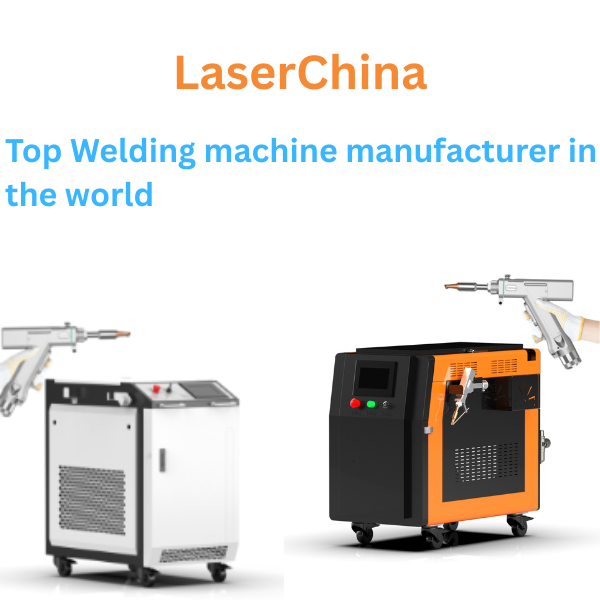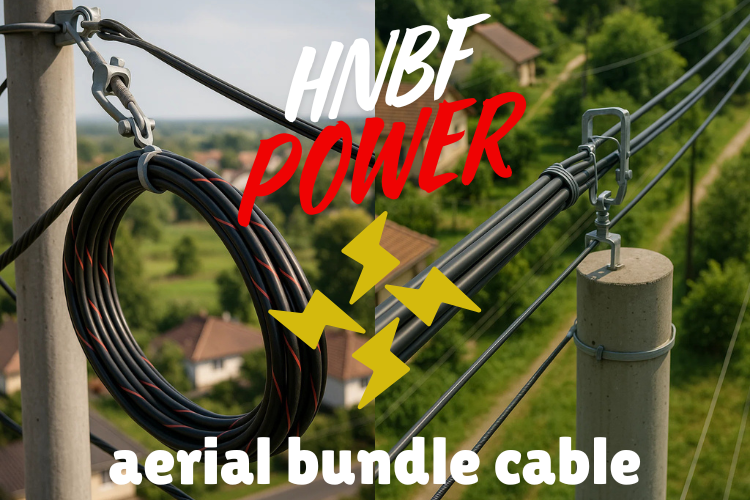Optic fiber welding is transforming the way industries handle metal joining, electronic assembly, and high-precision fabrication. With advanced optics and laser systems, companies like LaserChina lead the way in producing reliable, efficient, and accurate welding solutions for both large-scale and small applications.
Understanding Optic Fiber Welding
Optic fiber welding uses a fiber laser that transmits a high-powered, focused beam through optical fibers. These fibers guide the laser energy to the exact welding point, ensuring consistent and clean results. Unlike traditional welding, this technology doesn’t rely on mechanical contact or filler materials.
Instead, the laser beam melts and fuses the materials with microscopic precision, making it ideal for complex designs, tight spaces, and delicate components.
Specifications and Core Components
Optic fiber welding systems are built with advanced optics and laser sources to maximize performance. Here are some key specifications commonly found in LaserChina’s systems:
- Laser Source Power: Typically ranges from 500W to 3000W, depending on the application.
- Beam Quality: High beam stability for uniform and clean welds.
- Wavelength: Around 1070 nm, ideal for metal absorption.
- Cooling System: Efficient water-cooling or air-cooling for stable operation.
- Control System: Smart digital interface for precision and safety monitoring.
These specifications make optic fiber welding machines suitable for stainless steel, aluminum, copper, and titanium, offering excellent results across industries like automotive, electronics, and aerospace.
Key Characteristics of Optic Fiber Welding
- High Precision:
The laser beam can be focused to an extremely small spot, allowing intricate and accurate welds. - Non-Contact Process:
Since there is no physical contact, the process reduces contamination and wear on tools. - Minimal Heat Distortion:
The focused beam minimizes the heat-affected zone, keeping materials intact. - Versatile Applications:
Works effectively for thin sheets, small components, and hard-to-reach weld areas. - Automation Friendly:
Easily integrated with robotic arms or CNC systems for automated production lines.
Advantages of Using Optic Fiber Welding
Optic fiber welding offers several industrial advantages that make it the preferred choice over conventional welding methods:
- Superior Weld Quality: Produces smooth, clean, and strong weld joints with minimal post-processing.
- Energy Efficiency: Fiber lasers consume less power compared to CO₂ lasers.
- Low Maintenance: The solid-state laser design reduces mechanical wear and extends equipment life.
- Speed and Productivity: Fast welding speeds lead to higher output and lower operational costs.
- Eco-Friendly Operation: Emits no fumes or sparks, ensuring a safer working environment.
LaserChina’s optic fiber welding solutions stand out for their reliability, precision, and long-term performance, which help manufacturers improve efficiency and consistency.
How to Buy the Right Optic Fiber Welding Machine
When selecting an optic fiber welding system, consider these factors:
- Material Type and Thickness: Match the laser power and wavelength to your material needs.
- Production Volume: Choose a system that can handle your daily operational load efficiently.
- Automation Needs: Decide whether you need a manual or fully automated setup.
- After-Sales Support: Ensure the brand offers reliable technical guidance and service.
- Budget and ROI: Evaluate the initial cost against long-term benefits such as productivity and energy savings.
LaserChina offers tailored optic fiber welding machines to meet diverse manufacturing needs, providing expert consultation and dependable technical support to ensure you get the best performance from your investment.
Conclusion
Optic fiber welding is not just a technological advancement it’s a smart industrial solution. With LaserChina’s high-quality optical systems, manufacturers can achieve unmatched precision, durability, and efficiency. Whether for microelectronics or heavy metal fabrication, fiber laser welding delivers superior results with less effort and more accuracy.
In the modern manufacturing landscape, LaserChina continues to set the benchmark for excellence in optic fiber welding technology, helping industries weld the future with light.





